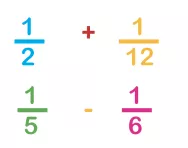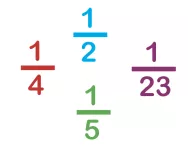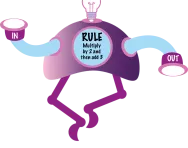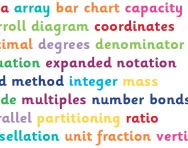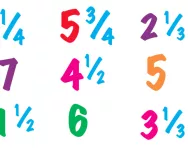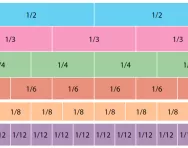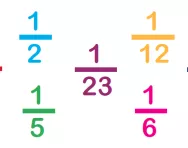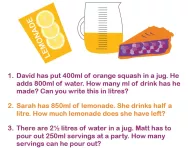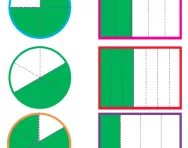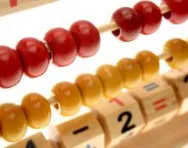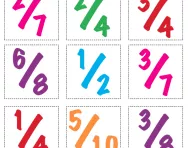A teacher's guide to adding fractions
Adding and subtracting fractions can be a tricky skill to teach. Children often lack confidence in solving equations with fractions, but with the right strategies, we can help children develop a solid understanding and boost their confidence. We asked experienced teacher, Matthew Revill, to share some valuable tips and tricks to help support children in mastering the skill of adding and subtracting fractions.
What are fractions?
Fractions are a fundamental concept in primary maths, and they're all about sharing and dividing. Whether it's dividing a pizza into equal slices or sharing a bag of sweets between friends, fractions are a part of everyday life.
What is a function machine?
Function machines are versatile tools in the teaching of mathematics, helping children understand and explore a wide range of mathematical concepts in a fun and engaging way. From basic operations in Key Stage 1 to more complex functions in Upper Key Stage 2, function machines can help play a crucial role in developing children's mathematical understanding and skills.
Best apps for learning about fractions
Fractions can be tricky to master, but these great fractions apps will take the stress out of learning about this essential maths concept.
Best maths story books for children
Introduce ratio, pie charts, probability and even simplifying fractions to children with these brilliant maths story books, picture-book presentations of mathematical concepts that primary-school children will love.
Primary numeracy glossary for parents
From area to word problems, TheSchoolRun's primary-school numeracy glossary offers a complete guide to all the maths concepts children are taught in EYFS, KS1 and KS2. Brush up on your own mathematical skills, clear up homework confusion and understand exactly what your child is learning at school by reading our basic definitions (with links to more detailed explanations, teachers' tips and examples).
What are improper fractions and mixed numbers?
We explain what improper fractions and mixed numbers are and how the relationship between them can be taught to primary-school children.
What are equivalent fractions and simplifying fractions?
We explain what equivalent fractions are, how the concept of equivalence is introduced in primary school maths and how knowledge of equivalent fractions is then used to simplify fractions.
What are unit fractions?
We explain what unit fractions are and why children need to understand the concept of unit fractions before moving onto more advanced fractions learning.
What are two-step and multi-step problems?
We explain what two-step and multi-step problems are and give examples of typical problems a child might be asked to solve in primary school (and how the answer can be worked out!).
What is the denominator?
We explain what the denominator of a fraction is and give examples of how the concept is taught in primary-school maths, as well as explaining fractions equivalence and the relationship between the numerator and denominator.
What is the numerator?
We explain what the numerator of a fraction is and give examples of how the concept might be taught in Key Stage 2, as well as explaining fractions equivalence and the relationship between the numerator and denominator.
What is the lowest common denominator?
We explain what the lowest common denominator is and how to find it and use it to compare different fractions, as well as giving examples of how the concept might be taught to your primary-school child.
Teachers' tricks for fractions
From halves in quarters in KS1 to equivalent fractions in KS2, primary teacher Phoebe Doyle offers some insiders’ tips to help you help your child at home, plus details of fraction walls, hundred charts and other useful maths resources.
